Z-Image by Alibaba: 6B AI model that rivals Flux 2

Table Of Content
- What is Z-Image?
- Z-Image Overview
- Key Features of Alibaba's Z-Image
- How to Use Z-Image? Step-by-Step Guide
- Use the Hugging Face demo
- Local setup status
- Tips for better results
- Z-Image Turbo Today, Base and Edit Next
- Turbo - what it delivers now
- Base - what to expect
- Edit - targeted creative control
- Quality Notes
- Performance Observations
- Hardware and Precision
- Z-Image - Practical Advantages
- Z-Image - Comparison Notes
- Hardware
- Capability
- Speed
- What Stands Out
- Considerations Before You Switch
- Step-by-Step - Z-image Planning Local Inference
- Troubleshooting Basics
- Frequently Asked Questions on Z-Image
- Is Z-Image really better than FLUX 2?
- Can it edit existing images?
- Can it do anime and stylized content?
- What about copyrighted characters?
- Quick Reference - Memory and Precision
- Final Take
I have been testing a new image model called Z-Image, released by Tong Yei from Alibaba, and it impressed me. It delivers a level of realism that stands out, and it does so with only 6 billion parameters. In a space where FLUX 2 often requires heavy hardware like an H100 GPU with CPU offloading just to run inference, this smaller model feels refreshingly accessible.
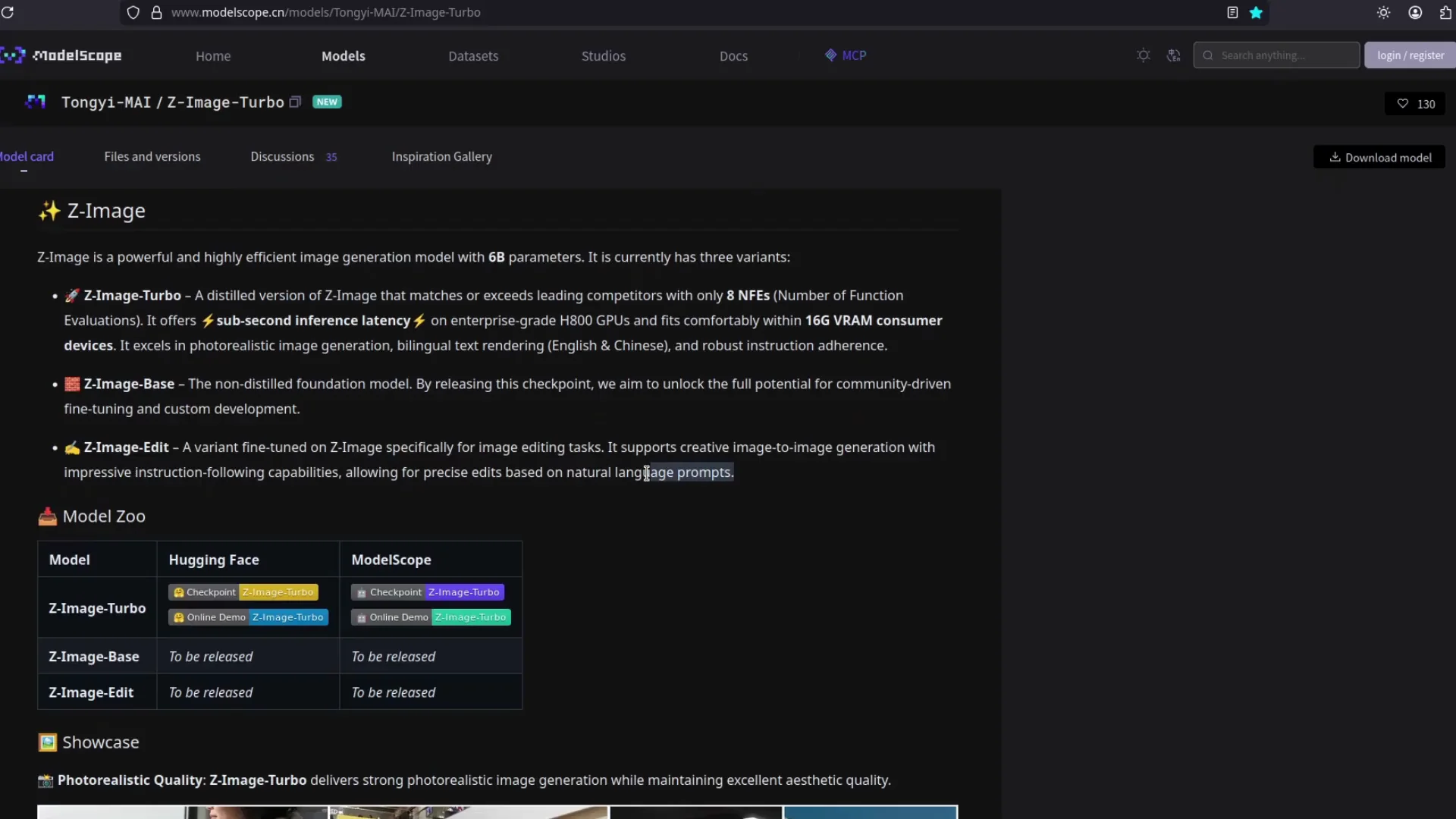
What caught my attention first was the quality of skin texture, the fidelity in detailed clothing, and how stable the results look. It reminds me of the early excitement around SDXL, only this time the performance looks stronger relative to the model size. At the time of testing, the Turbo variant was released, with Base and Edit versions on the way.

What is Z-Image?
Z-Image refers to how Z-Image appears to compete with, and in some scenarios surpass, FLUX 2 in visual quality and practicality, especially when you consider the parameter count and hardware needs. Z-Image targets realism and robust editing while fitting into a far smaller footprint.

- Z-Image is a 6 billion parameter model focused on high realism.
- The current release is Z-Image Turbo, with Base and Edit models planned.
- The Edit model aims to compete with Qwen Image Edit, FLUX context, and FLUX 2.
- It can handle tasks like character rotation, clothing transfer, and color changes.
- It also shows competence on anime style content and can sometimes reproduce copyrighted characters, though not consistently.
In practice, the Turbo model already delivers strong visuals with quick generation through a public demo. For realism, it is notably strong. For cartoon-heavy prompts, large models still hold an edge, but the gap is not large enough to diminish the appeal of running a capable 6B model locally.
Z-Image Overview
Below is a compact view of how Z-Image stacks up against FLUX 2 based on what matters for most users today.
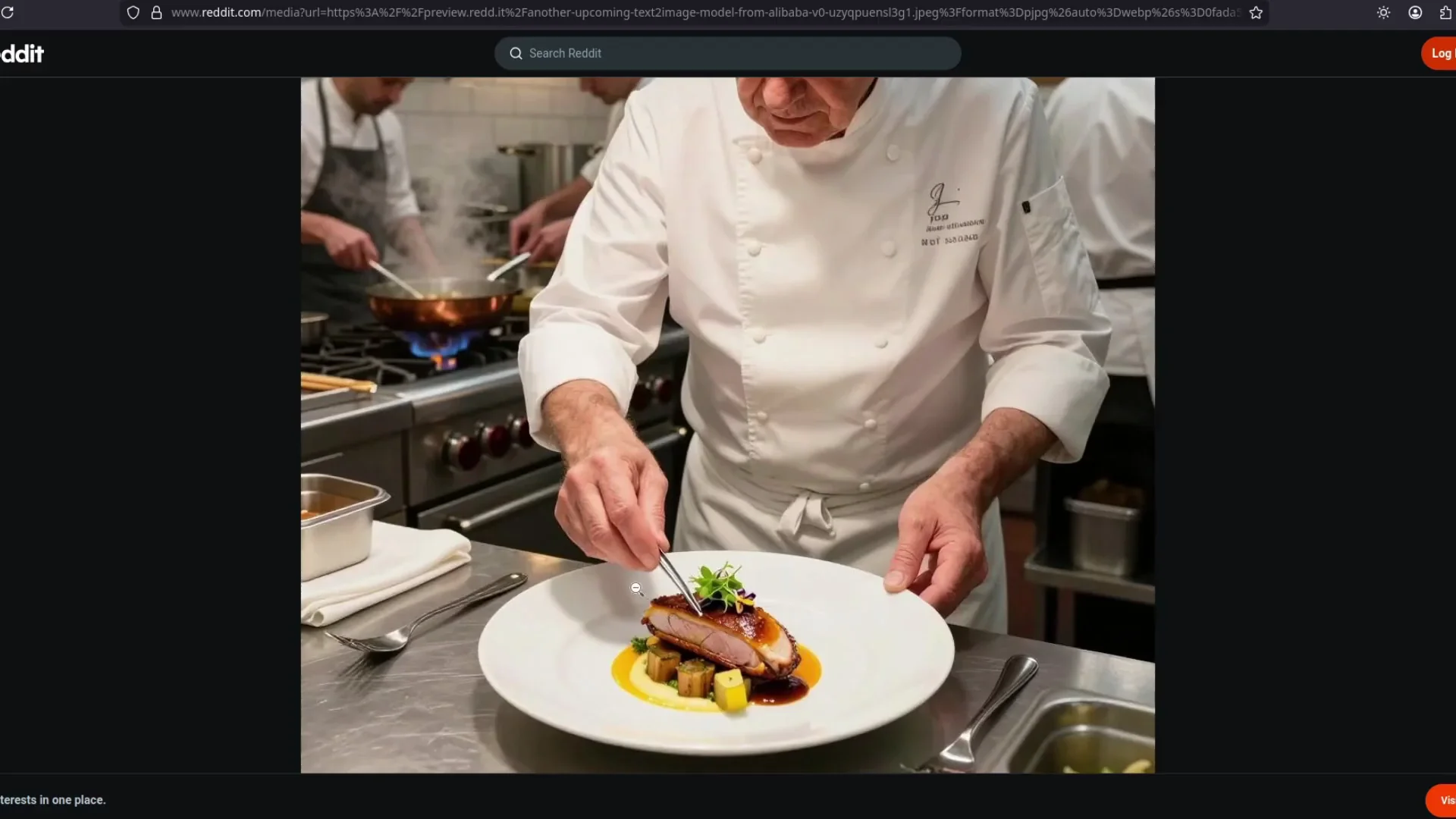
| Category | Z-Image (Turbo) | FLUX 2 |
|---|---|---|
| Parameter count | 6B | Not stated here, but large class model |
| Hardware needs | Modest for inference | Often cited with H100 GPU plus CPU offloading |
| Model file currently seen | ~24 GB checkpoint (likely FP32 or BF32) | Heavy by comparison |
| Expected FP16 size | ~12 GB | Larger, hardware intensive |
| Expected FP8 size | ~6 GB | Not specified here |
| Realism | Strong at 6B | Strong, but needs heavy hardware |
| Editing capabilities | Edit model coming - rotate, recolor, clothing transfer, text edits | Context and edit features present |
| Styles | Realism, anime capable, some licensed characters at times | Broad, powerful |
| Availability | Turbo released, Base and Edit planned | Established |
Key Features of Alibaba's Z-Image
-
High realism at small scale
- Natural skin texture and fabric detail
- Hands that look consistently solid
- Stable outputs for portrait-like subjects
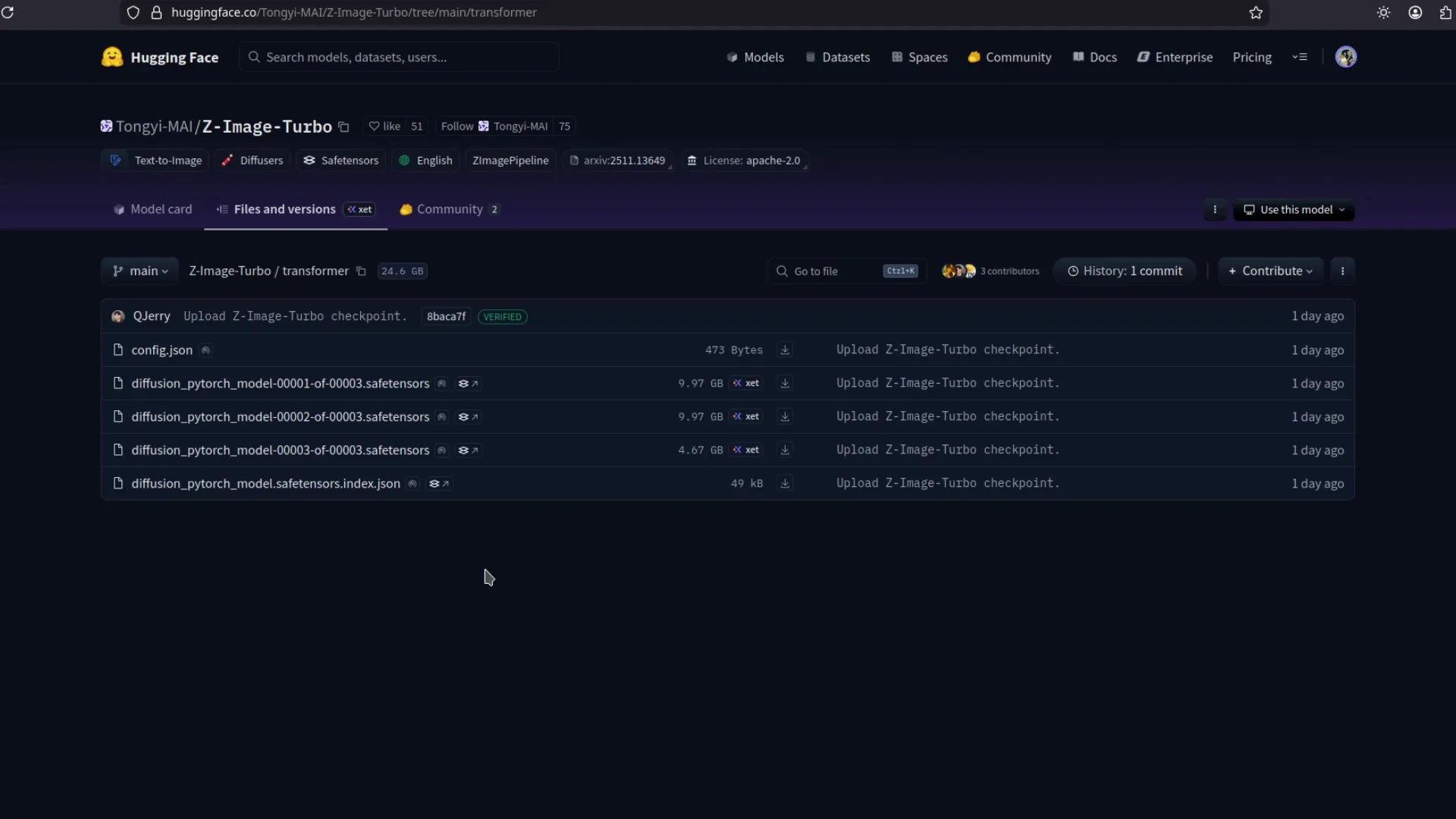
-
Practical model sizes
- Current checkpoint around 24 GB
- FP16 or BF16 likely around 12 GB
- FP8 likely close to 6 GB
-
Editing power on the way
- Character rotation
- Hair color changes
- Clothing changes and transfers
- Text-based edits
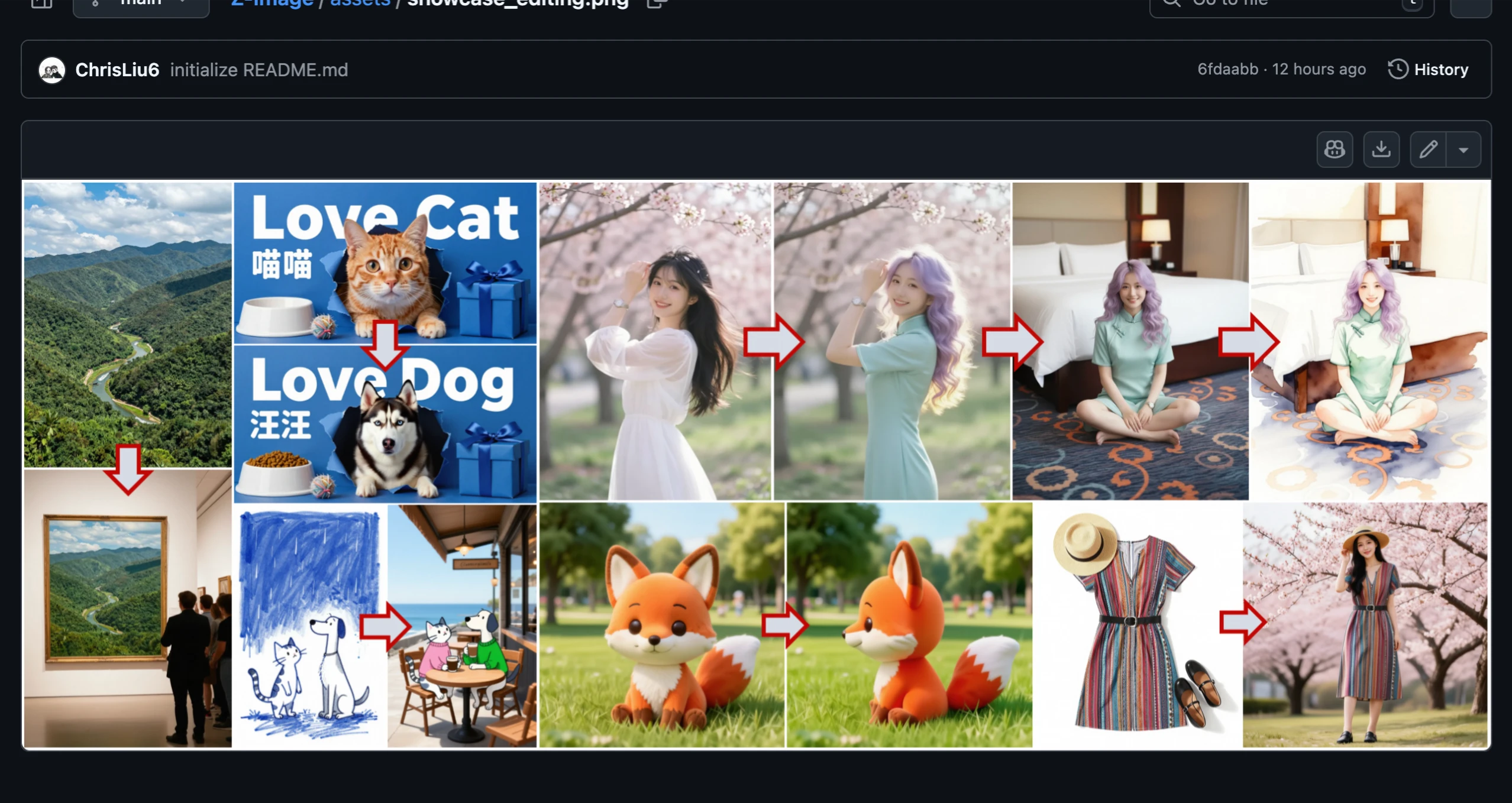
-
Style flexibility
- Realism is a standout
- Anime is possible
- Some copyrighted characters may appear, but not always
-
Access and speed
- Public demo available on Hugging Face
- Fast inference in testing
- Local-friendly direction for enthusiasts
How to Use Z-Image? Step-by-Step Guide
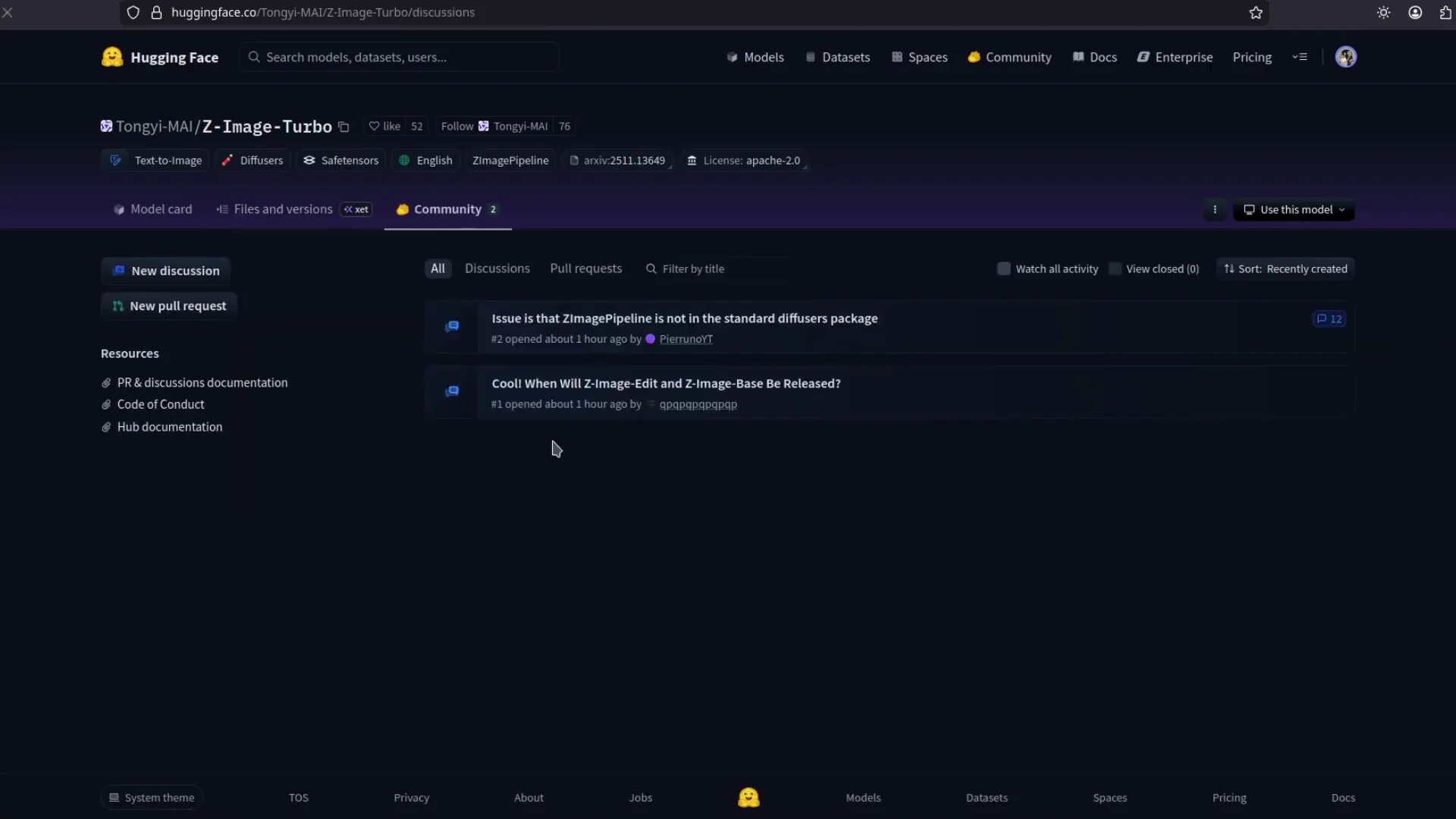
Use the Hugging Face demo
- Open the Z-Image Turbo demo on Hugging Face.
- Enter a clear text prompt.
- Set any available options if the demo exposes them.
- Generate the image and review the result.
- Refine the prompt or settings and run again if needed.

Local setup status
- A public model file around 24 GB was posted during testing.
- FP32 or BF32 weights are likely, given the file size.
- FP16 or BF16 weights should cut that roughly in half to around 12 GB.
- An FP8 version should approach the parameter count in GB, near 6 GB.
- There is no published Comfy workflow yet. Expect community workflows and cleaner pipelines once smaller precisions are available.
Tips for better results
- Keep prompts concise and specific.
- For realism, lean into clear descriptors for lighting, material, and facial attributes.
- For style-heavy prompts, expect large-model competitors to still hold an edge in some cases.
- If outputs deviate, adjust one variable at a time to see what changes.
Z-Image Turbo Today, Base and Edit Next
Turbo - what it delivers now
Z-Image Turbo is the currently released variant. It is quick on the demo, and it produces robust results for realistic subjects. Even at 6B parameters, its texture fidelity and hand rendering stand out.
Base - what to expect
The Base model is positioned to serve as the core, likely focused on general quality and stability rather than speed or specialized editing. The exact differences are not detailed here yet.
Edit - targeted creative control
The Edit model is the one to watch for users who want local control over complex changes. It is expected to compete with Qwen Image Edit and FLUX editing features. From the materials shown:
- Rotate the character while preserving identity
- Change hair color and clothing
- Transfer clothing styles from reference inputs
- Apply text edits that adjust scene and attributes
Quality Notes
-
Realism
- Skin texture, fabric detail, and lighting look refined.
- Hands perform well compared to common weak points in many models.
- Portraits and fashion-like compositions benefit most.
-
Style coverage
- Anime is within reach. It can work, though not perfectly every time.
- Some licensed characters may appear occasionally. Expect variability.
-
Limitations
- Not every output is flawless.
- Highly stylized or cartoon-first prompts can still benefit from larger models.
- Editing precision will depend on the forthcoming Edit model.
Performance Observations
The demo was fast in tests. That speed, combined with a small parameter count, makes Z-Image feel more accessible for local use than models in the heaviest class. Results looked very strong in realism-focused prompts. For cartoons or highly stylized rendering, it is good but not always at the same level as the largest models.
Hardware and Precision
The model file that dropped during testing was around 24 GB. That suggests a high precision weight format like FP32 or BF32.
-
FP32 or BF32
- Largest files, roughly 24 GB in this case
- Precise, but heavy for consumer GPUs
-
FP16 or BF16
- About half the FP32 size
- Expect near 12 GB for a 6B model
- A practical target for many local users
-
FP8
- Often close to the number of parameters expressed in GB
- Around 6 GB for a 6B model
- A strong match for local inference with limited VRAM
These size estimates guide expectations for local hardware. They are useful when planning GPU memory and batch settings for inference.
Z-Image - Practical Advantages
-
Smaller model, strong realism
- 6B parameters with outputs that compete with heavier models
- Portraits and clothing detail come through with clarity
-
Lower barrier to entry
- No H100 or CPU offloading needed to get started with a demo
- FP16 or FP8 should make local runs plausible for many setups
-
Clear path to editing
- Edit model promises rotation, clothing transfer, recoloring, and text-driven changes
- Aims at creative control without heavyweight hardware
-
Solid early ecosystem signals
- Turbo already out
- Base and Edit on the way
- Community interest is evident, with early examples circulating
Z-Image - Comparison Notes
Hardware
- Z-Image is well within reach for local enthusiasts once smaller precisions are available.
- FLUX 2 can require an H100-class GPU for clean inference, which limits accessibility.
Capability
- Z-Image Turbo is already strong on realism.
- The Edit model is positioned to match or beat popular editing workflows with identity-preserving transforms and targeted control.
Speed
- The demo turned around results quickly.
- On local hardware, FP16 or FP8 should keep speed competitive for 6B.
What Stands Out
- Consistent hands and facial details
- Rich textures in clothing
- Strong realism for the size
- Feels tuned for practical use by local-first users
Considerations Before You Switch
- You may want to keep your larger models for stylized or cartoon-heavy work.
- Z-Image editing power becomes clearer once Base and Edit are released.
- Comfy or other workflow integrations are not yet established, so expect some setup friction early on.
Step-by-Step - Z-image Planning Local Inference
- Watch for FP16 or FP8 releases to bring the file size down.
- Confirm your GPU VRAM. Aim for at least 12 GB for FP16 or around 6 GB for FP8.
- Prepare your environment with the usual Python, CUDA, and PyTorch setup.
- Test with small batch sizes first to avoid memory errors.
- Iterate on prompts and parameters to balance quality and speed.
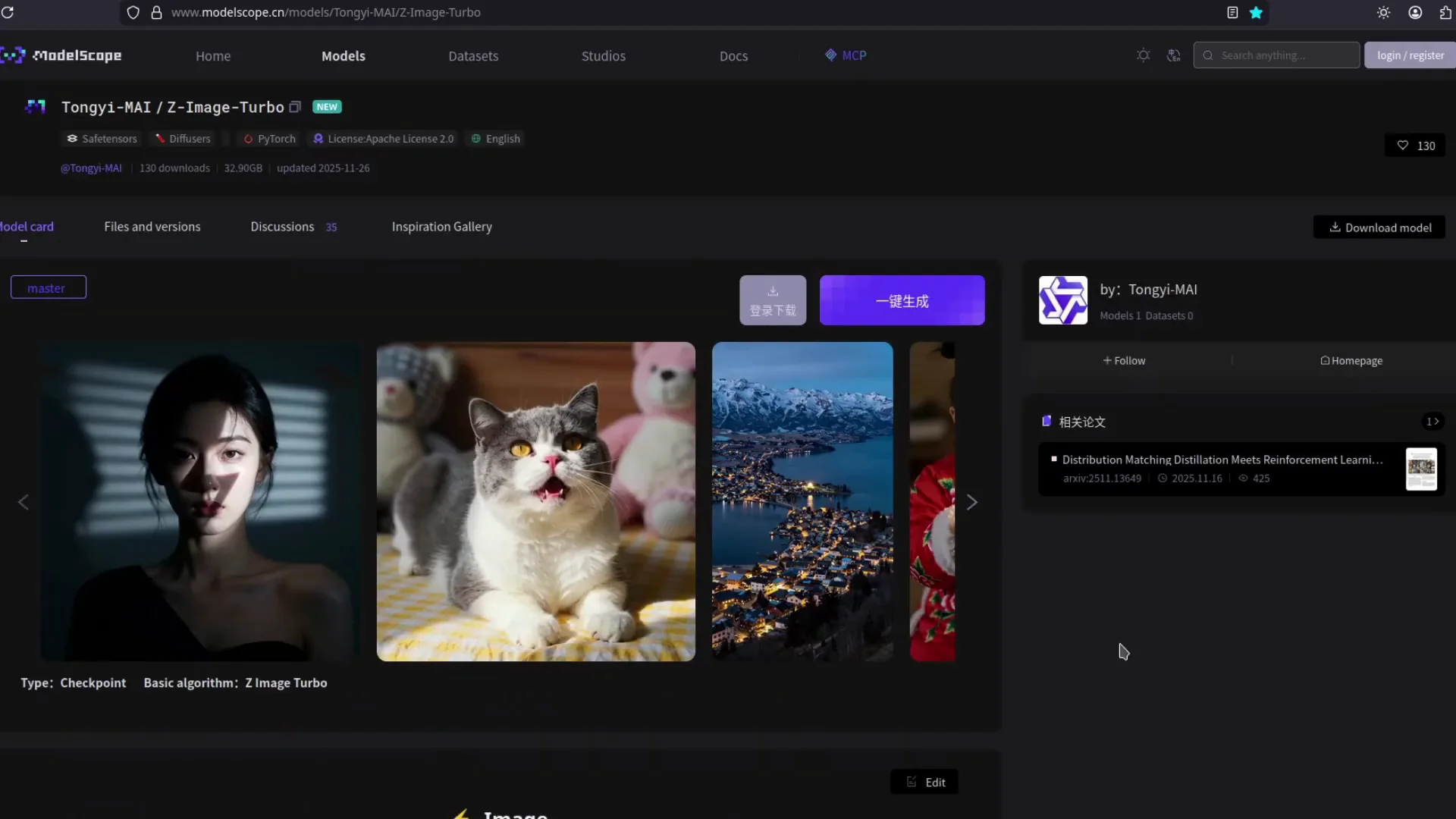
Troubleshooting Basics
- If outputs are inconsistent, simplify the prompt and add specificity gradually.
- For realism, keep the prompt focused on subject, pose, lighting, and materials.
- If hands drift, adjust prompt details rather than stacking many qualifiers.
- For stylistic results, try shorter prompts and focused descriptors.
Frequently Asked Questions on Z-Image
Is Z-Image really better than FLUX 2?
It depends on your priority. For local accessibility and realistic results at 6B parameters, Z-Image looks very strong. If you have access to top-tier hardware, FLUX 2 remains powerful. For most users who want high realism without massive GPUs, Z-Image feels like the more practical option today.
Can it edit existing images?
The Edit model is planned with features like rotation, clothing transfer, recoloring, and text-based adjustments. Turbo is out now, while Base and Edit are expected next.
Can it do anime and stylized content?
Yes, it can. Anime is possible. Outputs vary depending on the prompt and target style. For heavy stylization, large models may still have an edge.
What about copyrighted characters?
They may show up at times. Results are not guaranteed and can vary.
Quick Reference - Memory and Precision
| Precision | Approx file size for 6B | Notes |
|---|---|---|
| FP32 or BF32 | ~24 GB | Most precise, heavy to run |
| FP16 or BF16 | ~12 GB | Balanced precision and size |
| FP8 | ~6 GB | Smallest practical target for local use |
Final Take
Z-Image delivers impressive realism with only 6 billion parameters. The Turbo release already looks strong, and the planned Base and Edit models aim to expand control over identity-preserving edits, clothing transfers, and targeted changes. Compared to FLUX 2, Z-Image feels Z-Image for users who want high quality without heavyweight hardware.
The demo is fast, the results are convincing, and the path to smaller precision weights points to practical local inference. If you care about realism, want strong results at a fraction of the size, and prefer models you can actually run, Z-Image is worth your attention right now.
Related Posts

Set Up Flux 2 dev in ComfyUI: Local Install + Free Workflow
Learn how to install Black Forest Labs’ Flux 2 dev locally in ComfyUI with a step-by-step guide, required files, and a free workflow for high-quality AI image generation.

Hunyuan OCR Outperforms PaddleOCR & DeepSeek (Open Source)
Discover Hunyuan OCR, an open-source model with weights on Hugging Face and GitHub. See why it tops PaddleOCR and DeepSeek with a multimodal design.

HunyuanOCR: Free Local OCR ,Here's how to install
Set up Tencent’s free HunyuanOCR locally. Quick install guide, real-world tests, and comparisons with leading commercial OCR services.
